
The slaty flowerpiercer is a passerine bird endemic to the Talamancan montane forests.

Diglossa is a genus in the family Thraupidae. They are commonly known as flowerpiercers because of their habit of piercing the base of flowers to access nectar that otherwise would be out of reach. This is done with their highly modified bill, which is typically upswept, with a hook at the tip. Most members of the genus Diglossa are found in highlands of South America, but two species are found in Central America.

The white-sided flowerpiercer is a fairly common and widespread species of Flowerpiercer. Flowerpiercers are a genus of birds within the Tanager family Thraupidae, with specially adapted bills that enable them to pierce the sides of flower blossoms to access the nectar. The white-sided flowerpiercer is found in Colombia, Ecuador, Peru, and Venezuela. Its natural habitats are subtropical or tropical moist montane forests and heavily degraded former forest.
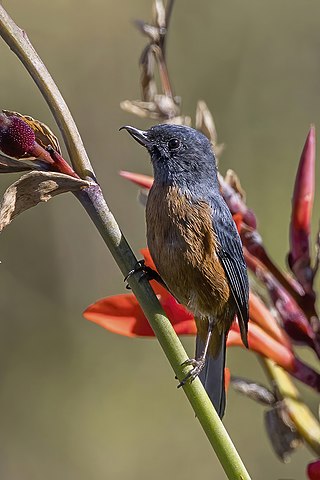
The cinnamon-bellied flowerpiercer is a species of bird in the family Thraupidae. It is found in El Salvador, Guatemala, Honduras, and Mexico.

The black-throated flowerpiercer is a species of bird in the family Thraupidae.
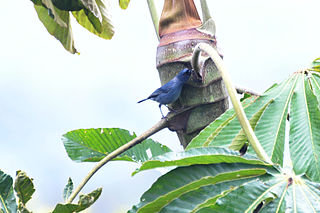
The bluish flowerpiercer is a species of bird in the family Thraupidae. It is found in humid montane forest in Bolivia, Colombia, Ecuador, Peru and Venezuela.

The grey-bellied flowerpiercer is a species of bird in the family Thraupidae. It is found in the Bolivian Andes and far northwestern Argentina.

The scaled flowerpiercer is a species of bird in the family Thraupidae. It is found in the tepuis of Brazil and Venezuela.

The Mérida flowerpiercer is a species of bird in the family Thraupidae. It is endemic to Venezuela.

The chestnut-bellied flowerpiercer is a species of bird in the family Thraupidae. It is endemic to Colombia.
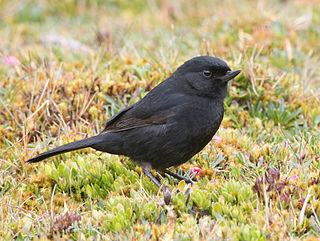
The black flowerpiercer is a species of bird in the family Thraupidae of the order Passeriformes. The family Thraupidae is known for tanagers and other very similar species of birds, but it is still facing classification issues. The black flowerpiercer is found in Colombia, Ecuador, Peru, and Venezuela.

The indigo flowerpiercer is a species of bird in the family Thraupidae. It is found in humid forest on the lower west Andean slopes in northern Ecuador and Colombia.

The glossy flowerpiercer is a species of bird in the family Thraupidae. It is found in Colombia, Ecuador, Peru, and Venezuela.
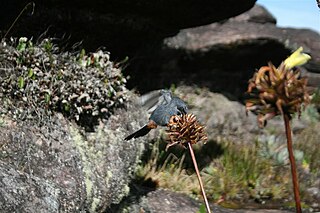
The greater flowerpiercer is a species of bird in the family Thraupidae. It is found in the tepuis of western Guyana, eastern Venezuela and far northern Brazil. Its natural habitats are subtropical or tropical moist montane forests and subtropical or tropical high-altitude shrubland.
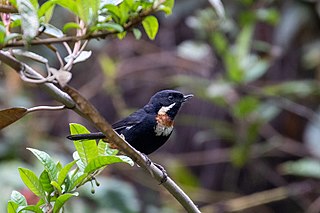
The moustached flowerpiercer is a species of bird in the family Thraupidae. It was first described by French ornithologist Frédéric de Lafresnaye in 1846. It is found in Bolivia and Peru. Its natural habitats are subtropical or tropical moist montane forests, subtropical or tropical high-altitude grassland, and heavily degraded former forest.

The rusty flowerpiercer is a species of bird in the family Thraupidae. It is found in Argentina, Bolivia, Colombia, Ecuador, Peru, and Venezuela.

The Venezuelan flowerpiercer is a species of bird in the family Thraupidae. It is endemic to Venezuela.
Axinaea sclerophylla is a species of tree in the family Melastomataceae. It is endemic to Ecuador, where its natural habitat is subtropical or tropical moist montane forests.
D. carbonaria may refer to:


















